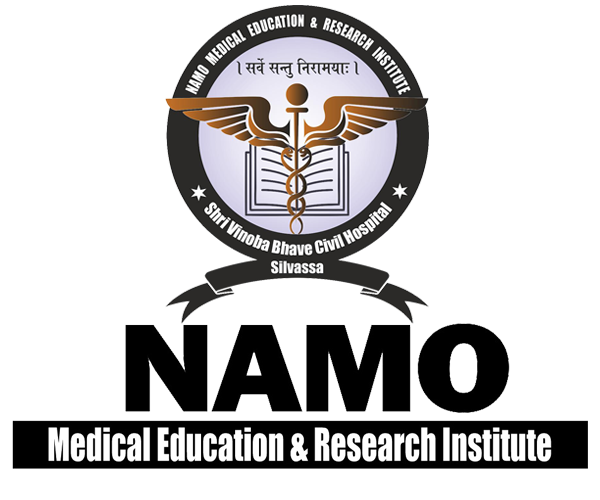HEART WITH APEX
The heart and lungs are located in the thorax, or chest cavity. The heart pumps blood from the body to the lungs, where the blood is oxygenated. It then returns the blood to the heart, which pumps the freshly oxygenated blood to the rest of the body.
FEOTAL HEART
The average fetal heart rate is between 110 and 160 beats per minute. It can vary by 5 to 25 beats per minute. The fetal heart rate may change as your baby responds to conditions in your uterus. An abnormal fetal heart rate may mean that your baby is not getting enough oxygen or that there are other problems.
HEART
The right atrium (RA) occupies the cranial heart base and, like the LA, consists of a large, cavernous chamber and a small, muscular appendage known as the right auricle, which projects cranially and to the left.
HEART WITH AORTIC ARCH
The aortic arch is the segment of the aorta that helps distribute blood to the head and upper extremities via the brachiocephalic trunk, the left common carotid, and the left subclavian artery. The aortic arch also plays a role in blood pressure homeostasis via baroreceptors found within the walls of the aortic arch.
HEART
hat is the heart? The heart is a fist-sized organ that pumps blood throughout your body. It's the primary organ of your circulatory system. Your heart contains four main sections (chambers) made of muscle and powered by electrical impulses. Your brain and nervous system direct your heart's function.
HEART WITH AORTA
The aorta is the largest artery of the body and carries blood from the heart to the circulatory system. It has several sections: The Aortic Root, the transition point where blood first exits the heart, functions as the water main of the body.
Vault of skull
The vault of the skull is a region of the neurocranium formed by a process of membranous ossification. It consists of several bones: frontal bone, parietal bone, squamous part of the temporal bone, lamina ascendens of the sphenoid, and interparietal bone.
HEART OF CHILD
The average fetal heart rate is between 110 and 160 beats per minute. It can vary by 5 to 25 beats per minute. The fetal heart rate may change as your baby responds to conditions in your uterus. An abnormal fetal heart rate may mean that your baby is not getting enough oxygen or that there are other problems.
HEART OF AROTA
The aorta is the largest artery of the body and carries blood from the heart to the circulatory system. It has several sections: The Aortic Root, the transition point where blood first exits the heart, functions as the water main of the body.
HEART
What is the heart? The heart is a fist-sized organ that pumps blood throughout your body. It's the primary organ of your circulatory system. Your heart contains four main sections (chambers) made of muscle and powered by electrical impulses. Your brain and nervous system direct your heart's function.2
